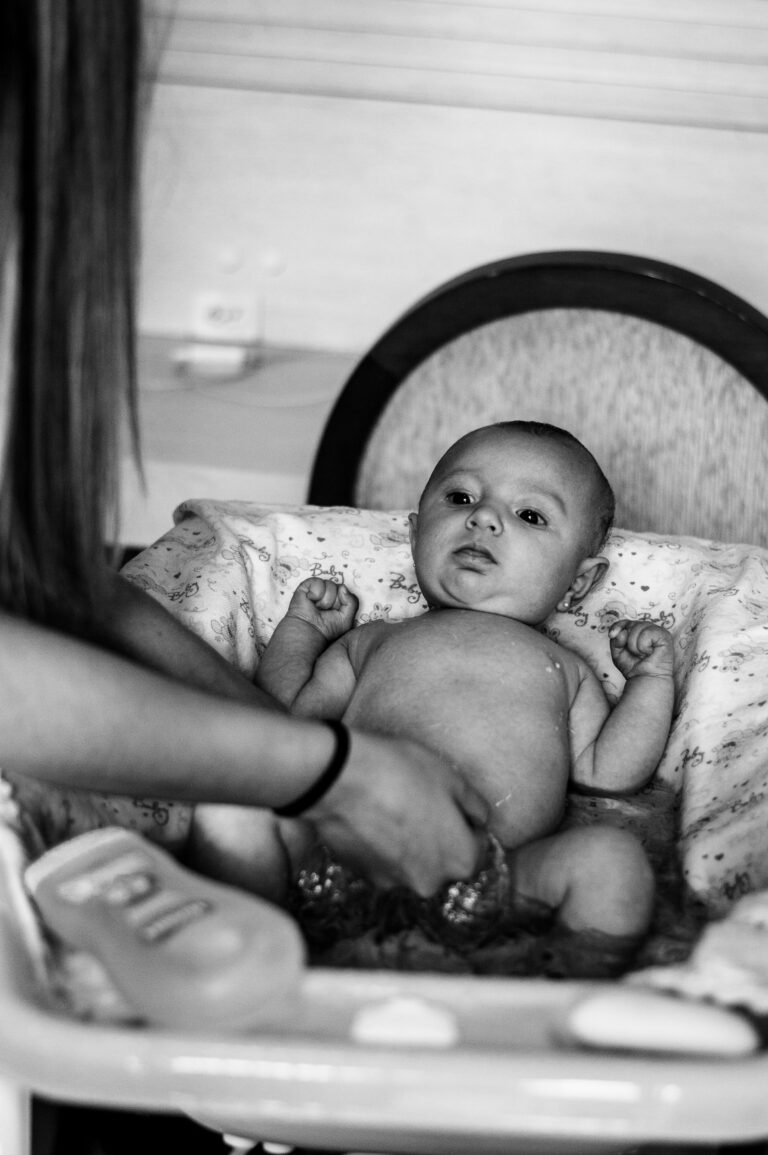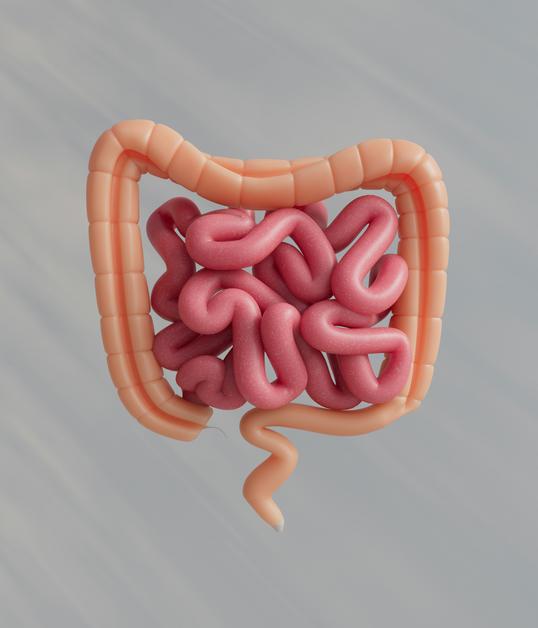Amidst the swirling anxieties and daily discoveries that punctuate life with a baby, few moments feel as charged with anticipation—and sometimes unease—as the first attempts at movement. Is your child “on schedule?” Should you worry if their attempts at pushing up or crawling lag behind others? The puzzle of early motor milestones is often tangled with questions about neurological maturity and physical readiness. The crawling reflex steps in as a pivotal player, not only acting as a foundation for voluntary movement but also serving as a window into your child’s developing nervous system. What is this reflex, why does it matter, and how can you encourage healthy progression? Let’s explore, alternating between the straightforward and the intricate, to clarify what every parent should watch, support, and celebrate.
What Is the Crawling Reflex?
The crawling reflex—clinically known as the Symmetric Tonic Neck Reflex (STNR)—represents an early and involuntary response orchestrated by the infant’s nervous system. Unlike simple, isolated movements, this reflex intricately links head motion with changes across the limbs: as the infant’s head bends forward, elbows automatically flex while legs extend; tipping the head back, the arms extend and the knees bend. Governed primarily by the brainstem, the appearance of this pattern usually emerges between 6 and 9 months.
This reflex shouldn’t be confused with voluntary crawling; it’s an automatic sequence, a precursor setting the stage for intentional exploration. Why does it matter? The crawling reflex is believed to foster the dissociation of upper and lower body movement—a stepping stone for more sophisticated, coordinated activities.
Why the Crawling Reflex Matters for Development
Why focus so intently on this one reflex? Its implications ripple across multiple facets of growth. For one, neuromuscular coordination benefits from this synchronized pattern; babies learn to differentiate movements between arms and legs, necessary groundwork for crawling, walking, and ultimately running. Consider muscle tone: repeated activation strengthens the trunk, arms, and legs, providing a resilient core.
Spatial reasoning also finds its roots here. When infants practice the crawling reflex, they begin to map their environment, integrating tactile input (textures beneath their palms, resistance under their knees) and developing proprioception—the body’s sense of position in space. This is not just about moving from point A to point B; it’s about learning to plan, to anticipate, and to adapt.
Timing and Milestones: The Arc of the Crawling Reflex
The crawling reflex doesn’t spring to life at birth. Instead, it’s a developmental arrival, setting in around the half-year mark and reaching its zenith before slowly melting away as voluntary crawling takes over. Most infants will integrate this reflex between 9 and 11 months, but the spectrum is vast; some will display it alongside rolling or sitting up, while others may show a different sequence.
What if nothing happens as expected? It’s rarely a cause for alarm. Delays or early emergence often reflect natural variability. However, persistent absence or exaggerated retention should be noted—these may signal differences in central nervous system maturation.
Interplay with Other Primitive Reflexes
Primitive reflexes form a mosaic, each contributing a brushstroke to the infant motor landscape. The Tonic Labyrinthine Reflex (TLR), evident from birth, underpins postural adaptations to gravity. By 4-5 months, the Landau Reflex emerges—babies lift arms and legs against gravity in a superman-like pose, foreshadowing future movement. The crawling reflex (STNR), arising later, weaves together head and limb control, elevating the infant’s readiness for true crawling and, down the road, independent gait.
What Parents Observe: Signs and Symptoms
If you place your baby on all fours—head dropping forward, arms naturally bend while knees lock out. Lift their head, and the posture flips. This rhythmic dance is the technical signature parents might catch during play or tummy time, often before voluntary crawling becomes obvious.
Do you ever notice wild flailing or uneven coordination? These may simply be the raw materials of reflex integration at work, not an error or cause for concern.
Building Blocks for Cognitive and Physical Skills
The crawling reflex operates on more than just the physical plane. By fostering bilateral integration (using both sides of the body harmoniously), it seeds skills essential for future success—tying shoelaces, cutting with scissors, or even playing a musical instrument. At the cognitive level, the back-and-forth movement that crawling requires fortifies connections across the corpus callosum, the bridge linking the two brain hemispheres. Early studies link this process to enhanced sensory processing, reasoning, and emerging hand-eye coordination.
Reflex or Voluntary Movement? Knowing the Difference
Parents are often caught wondering—is this movement automatic or purposeful? In early stages, the crawling reflex is completely involuntary. With time, as voluntary crawling unfolds, the shift becomes clear: babies begin to direct their movement, targeting objects with intent and experimenting with new paths. If you see your baby plotting a course toward a favorite toy—or away from a less appealing one—voluntary control is blossoming.
What If the Crawling Reflex Is Delayed?
Concerns surface when milestones drift—by nine or ten months, the absence of crawling may set alarms ringing. Sometimes, the explanation is entirely benign: perhaps your child enjoys being held more than exploring, exhibits hypotonia (lower muscle tone), or was born prematurely.
Still, vigilance is worthwhile. A conversation with a pediatrician or pediatric physical therapist can offer tailored guidance, reassurance, or early intervention if needed. There is no “one-size-fits-all” in development—timelines are reference points, not rigid rules.
Supporting the Crawling Reflex: Strategies for Parents
How can you actively nurture the crawling reflex? Evidence underscores the value of tummy time; multiple short periods on the belly each day give infants the sensory input and muscle challenge necessary for development.
Try these strategies:
- Tummy time sessions: Even just a few minutes per session, repeated throughout the day, can make a noticeable difference.
- Toys out of reach: Place a favorite object just far enough to spark motivation—watch how your baby improvises.
- Cheerful encouragement: Smiles, gentle praise, and a supportive tone create a safe space for experimentation, whether they succeed or tumble.
Signs of a Retained Crawling Reflex: What Should You Watch For?
When the STNR lingers past its usual timeline, several outward signs may catch your eye. Children may struggle with posture, showing a preference for the W-sitting position (legs splayed to the sides), or fight to sit upright for any length of time. Clumsiness, poor gross motor skills, and awkwardness with tasks that require hand-eye precision—drawing, feeding themselves, stacking blocks—may surface, particularly if bilateral integration is affected.
Sensory and behavioral quirks can sometimes appear, too. Some children become fidgety, restless, or have trouble attending to tasks. While none of these traits labels a child, an accumulation may warrant an expert’s input.
Therapeutic Approaches and Encouragement
Several interventions can support reflex integration, especially if retention leads to noticeable challenges. Occupational therapy and physical therapy provide structured, child-led activities that promote controlled movement. Examples include:
- Superman pose: Lifting head, arms, and legs off the ground to combat gravity, enhancing extension and core strength.
- Neck flexion and extension: On hands and knees, gently guide chin down and up, building the movement sequence needed for crawling.
- Cross-crawl exercises: Alternating arm and leg movements reinforce coordination—sometimes adapted as playful games with music and props.
Above all, make play purposeful and pleasurable. Each child has their own rhythm; persistence and positive reinforcement can yield surprising progress over weeks or months.
When to Seek Professional Input
Parents are often the most attuned observers of their child’s growth. If you notice absent crawling reflex beyond ten months, persistent difficulties with head control, or marked hypotonia (unusually low muscle tone), consulting with a pediatric therapist or physician is sensible. Early, gentle intervention can redirect atypical patterns before they become entrenched.
Advances in Medical Research
Recent studies reinforce the ties between the crawling reflex and later skills—particularly regarding postural control, sensory processing, and even academic readiness. Evolutionary biology suggests these primitive patterns laid the groundwork for early human survival, aligning newborn instincts with environmental demands. The consensus among pediatric neurologists and therapists underscores the importance of gradual, well-supported integration.
Key Takeaways
- The crawling reflex (STNR) is a short-lived but foundational movement, distinct from deliberate crawling, with ripples across physical, cognitive, and sensory development.
- It emerges around 6 to 9 months—not at birth—and integrates as babies begin to crawl voluntarily, usually disappearing by 11 months.
- Varied timing is entirely typical. Celebrate progress, offer regular tummy time, and present opportunities for exploration and movement.
- Delays or persistent primitive reflexes deserve gentle attention; professional evaluation can provide peace of mind and, when needed, actionable strategies.
- Remember, growth unfolds at its unique tempo. Enjoy the journey. And when you need more insight or guidance tailored to your child, download the Heloa app for personalized tips and free health questionnaires for children. Reliable resources—and supportive expertise—are right at your fingertips.
Questions Parents Ask
At what age does the crawling reflex typically disappear?
The crawling reflex is usually present from birth and tends to fade as the nervous system matures—most often between 4 and 6 months. This gradual disappearance is naturel and montre que votre bébé commence à développer des mouvements plus volontaires et coordonnés. Si vous constatez que ce réflexe persiste ou disparaît très tôt, n’hésitez pas à en parler avec un professionnel de santé, mais rassurez-vous : il existe une grande diversité d’évolution d’un enfant à l’autre.
What does the crawling reflex indicate about my baby’s development?
The presence of the crawling reflex in the early months is un signe positif du bon développement neurologique. Ce réflexe fait partie des réflexes primitifs attendus chez le nourrisson et montre que le système nerveux répond adéquatement aux stimulations. Son évolution progressive vers des mouvements volontaires illustre la maturation du cerveau et des connexions motrices. Si vous avez des doutes ou des inquiétudes, sachez que chaque enfant avance à son propre rythme et que de nombreux facteurs peuvent influencer ces premières étapes.

Further reading:









